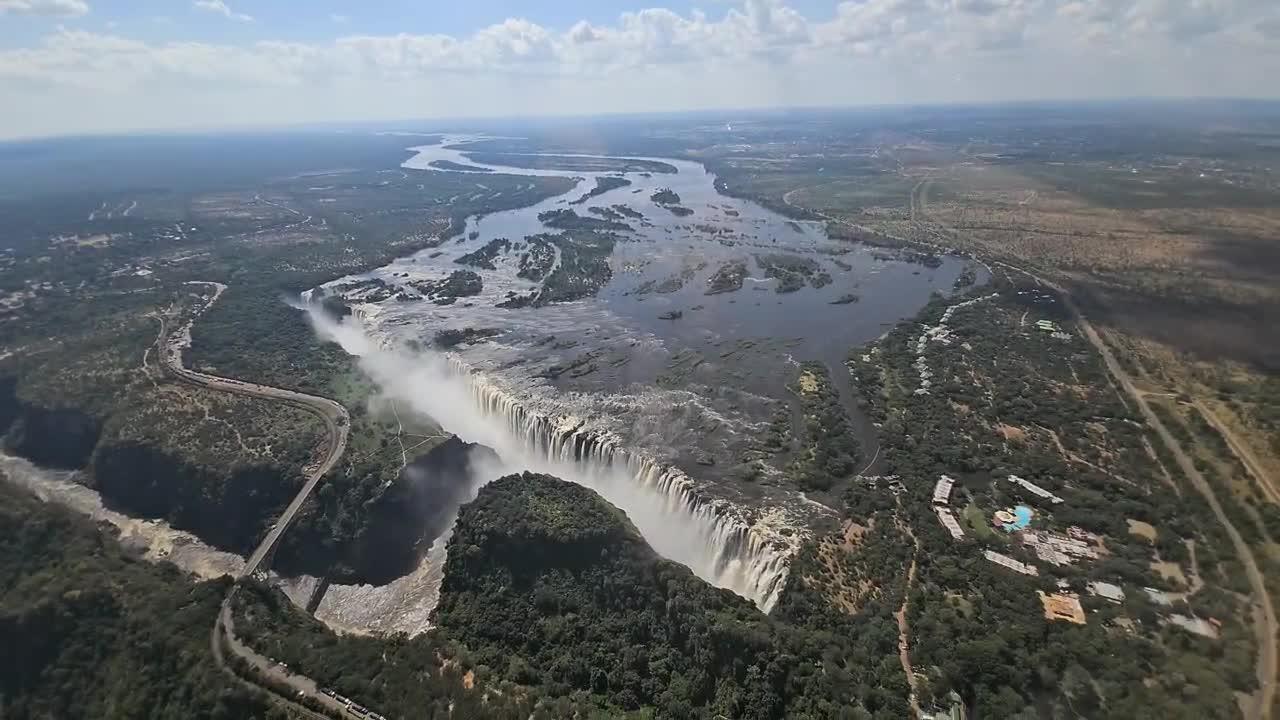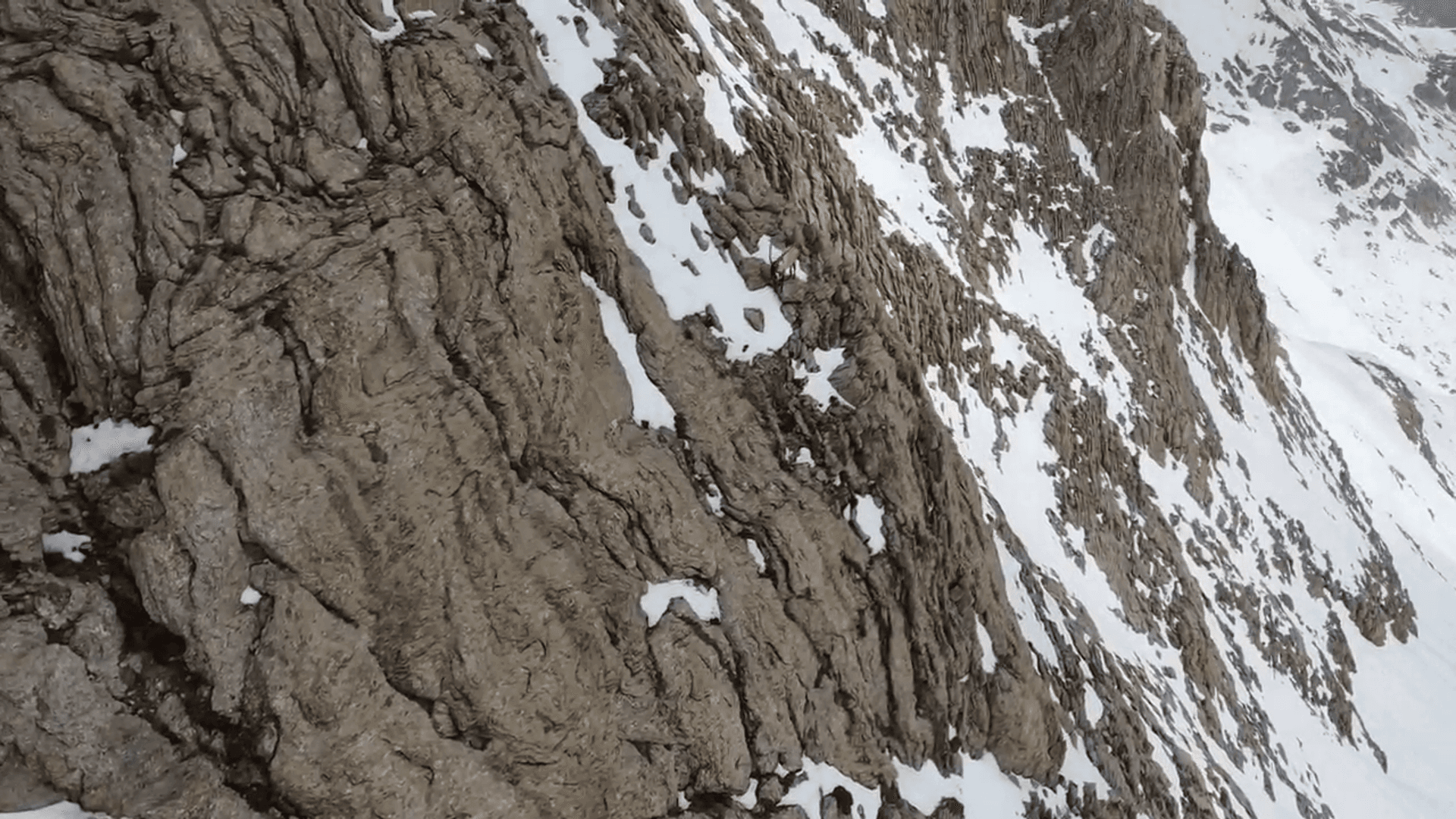
The Fly Hunter
Post: 27 February 17:30

Post: 27 February 17:30

Post: 24 February 08:58

Post: 24 April 09:30

Post: 19 September 00:55

Post: 19 April 09:53

Post: 29 December 23:22

Post: 13 October 23:12

Post: 3 September 14:42

Post: 27 January 18:05

Post: 20 October 10:07

Post: 21 September 08:03

Post: 14 January 11:50

Post: 22 October 23:53

Post: 2 November 10:03

Post: 21 April 11:03

Post: 23 January 16:01

Post: 26 December 17:48

Post: 25 December 00:22

Post: 18 December 23:14

Post: 16 December 09:21

Post: 14 December 02:01

Post: 12 December 17:22

Post: 10 December 09:26

Post: 4 December 22:50

Post: 16 November 11:22

Post: 30 October 00:10

Post: 29 October 16:43

Post: 16 October 09:32

Post: 17 May 09:36

Post: 11 August 08:42

Post: 5 July 13:25

Post: 4 July 21:59

Post: 30 May 21:50

Post: 22 November 14:38

Post: 27 July 18:13

Post: 23 August 21:42

Post: 9 June 06:35

Post: 9 March 14:40

Post: 1 November 09:33

Post: 24 October 14:25

Post: 1 July 12:24

Post: 10 September 14:37

Post: 26 August 13:53

Post: 12 August 14:22

Post: 11 August 08:38

Post: 5 August 20:51

Post: 25 July 06:20

Post: 6 July 14:02

Post: 3 July 06:06

Post: 30 June 09:25